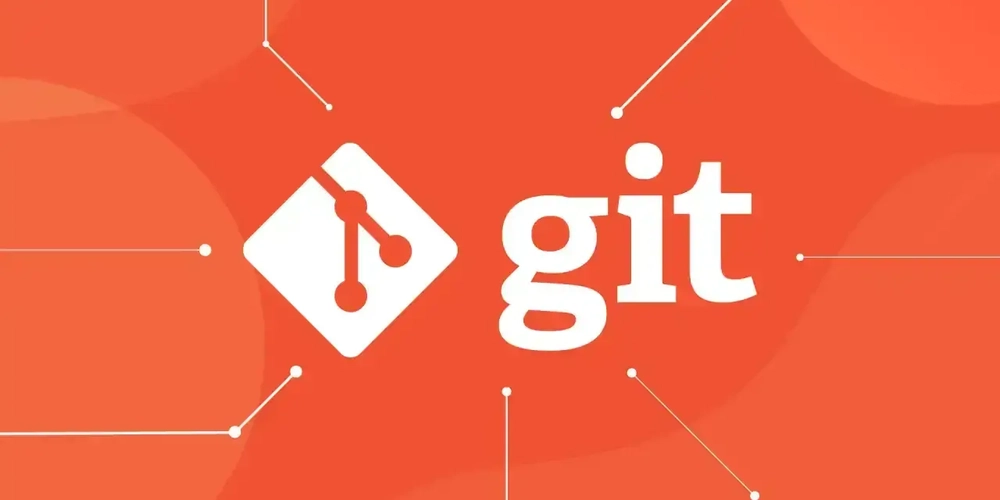Introduction to Algorithms: What You’ll Learn in an Algorithm Course
Algorithms are the backbone of computer science and programming. Whether you're building a mobile app, analyzing data, or preparing for technical interviews, understanding algorithms is essential. An algorithm course introduces learners to the core concepts and problem-solving techniques used in software development and computational thinking. It equips students with the tools to write efficient code, analyze performance, and tackle complex challenges methodically. At its heart, an algorithm is a step-by-step procedure for solving a problem. In an algorithm course, students learn how to design, implement, and analyze these procedures to ensure they are both correct and efficient. One of the first topics covered is sorting and searching. You’ll study common algorithms like bubble sort, merge sort, quicksort, and binary search, learning how they work, when to use them, and how to evaluate their performance using Big-O notation. This notation helps measure the time and space complexity of an algorithm, allowing developers to compare the efficiency of different solutions. Another major area of focus is recursion, a technique where a function calls itself to solve smaller instances of a problem. Recursion lays the groundwork for understanding more advanced concepts like divide and conquer and dynamic programming. These topics teach students how to break down large problems into manageable parts and store intermediate results to avoid redundant calculations, crucial for optimizing performance. Data structures are closely tied to algorithms and form a core component of any algorithm course. You’ll work with arrays, linked lists, stacks, queues, trees, graphs, and hash tables. Understanding how to choose and manipulate the right data structure is key to solving algorithmic problems effectively. For instance, using a heap for priority queues or a hash set for constant-time lookups can dramatically reduce computation time. Graph algorithms represent another important module. These include techniques like breadth-first search (BFS), depth-first search (DFS), Dijkstra’s algorithm, and topological sorting. Graph theory is widely used in real-world applications such as network routing, recommendation engines, and dependency resolution. Algorithm courses also cover greedy algorithms, which make locally optimal choices at each step with the hope of finding a global optimum. While not always perfect, greedy methods are fast and effective in problems like activity selection, Huffman coding, and minimum spanning trees. Alongside greedy strategies, students study backtracking and branch-and-bound approaches for exploring all possible solutions in constrained problem spaces, which are useful in puzzles and combinatorial problems. By the end of an algorithm course, students will be comfortable analyzing problems, selecting appropriate strategies, and writing efficient code to implement solutions. These skills are not just academic—they are essential for technical interviews, competitive programming, and real-world software engineering roles. Moreover, they sharpen logical thinking and instill a structured approach to problem-solving. Whether you're a beginner looking to strengthen your foundation or an experienced developer aiming to improve coding efficiency, taking an algorithm course is a valuable investment. It builds confidence, improves performance, and prepares you to face any programming challenge with a clear and analytical mindset.
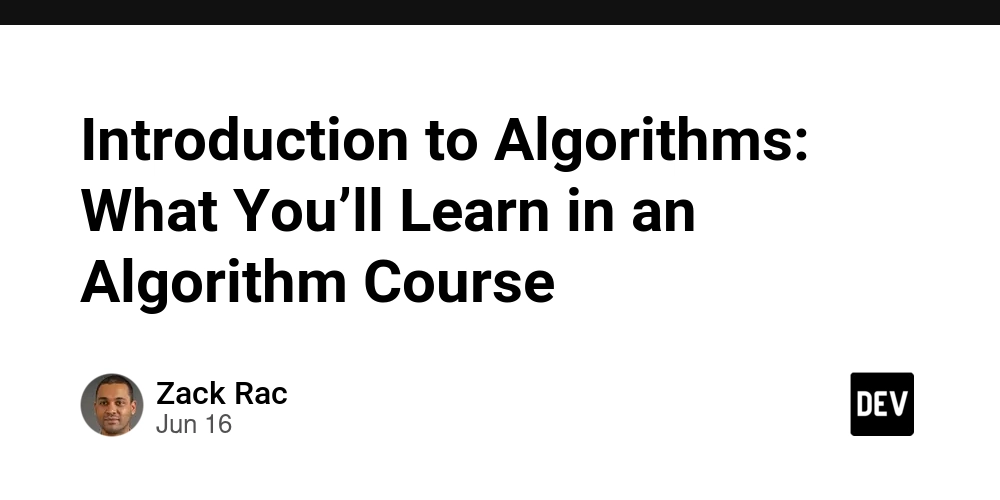
Algorithms are the backbone of computer science and programming. Whether you're building a mobile app, analyzing data, or preparing for technical interviews, understanding algorithms is essential. An algorithm course introduces learners to the core concepts and problem-solving techniques used in software development and computational thinking. It equips students with the tools to write efficient code, analyze performance, and tackle complex challenges methodically.
At its heart, an algorithm is a step-by-step procedure for solving a problem. In an algorithm course, students learn how to design, implement, and analyze these procedures to ensure they are both correct and efficient. One of the first topics covered is sorting and searching. You’ll study common algorithms like bubble sort, merge sort, quicksort, and binary search, learning how they work, when to use them, and how to evaluate their performance using Big-O notation. This notation helps measure the time and space complexity of an algorithm, allowing developers to compare the efficiency of different solutions.
Another major area of focus is recursion, a technique where a function calls itself to solve smaller instances of a problem. Recursion lays the groundwork for understanding more advanced concepts like divide and conquer and dynamic programming. These topics teach students how to break down large problems into manageable parts and store intermediate results to avoid redundant calculations, crucial for optimizing performance.
Data structures are closely tied to algorithms and form a core component of any algorithm course. You’ll work with arrays, linked lists, stacks, queues, trees, graphs, and hash tables. Understanding how to choose and manipulate the right data structure is key to solving algorithmic problems effectively. For instance, using a heap for priority queues or a hash set for constant-time lookups can dramatically reduce computation time.
Graph algorithms represent another important module. These include techniques like breadth-first search (BFS), depth-first search (DFS), Dijkstra’s algorithm, and topological sorting. Graph theory is widely used in real-world applications such as network routing, recommendation engines, and dependency resolution.
Algorithm courses also cover greedy algorithms, which make locally optimal choices at each step with the hope of finding a global optimum. While not always perfect, greedy methods are fast and effective in problems like activity selection, Huffman coding, and minimum spanning trees. Alongside greedy strategies, students study backtracking and branch-and-bound approaches for exploring all possible solutions in constrained problem spaces, which are useful in puzzles and combinatorial problems.
By the end of an algorithm course, students will be comfortable analyzing problems, selecting appropriate strategies, and writing efficient code to implement solutions. These skills are not just academic—they are essential for technical interviews, competitive programming, and real-world software engineering roles. Moreover, they sharpen logical thinking and instill a structured approach to problem-solving.
Whether you're a beginner looking to strengthen your foundation or an experienced developer aiming to improve coding efficiency, taking an algorithm course is a valuable investment. It builds confidence, improves performance, and prepares you to face any programming challenge with a clear and analytical mindset.











































































































































































![[The AI Show Episode 152]: ChatGPT Connectors, AI-Human Relationships, New AI Job Data, OpenAI Court-Ordered to Keep ChatGPT Logs & WPP’s Large Marketing Model](https://www.marketingaiinstitute.com/hubfs/ep%20152%20cover.png)

































































































































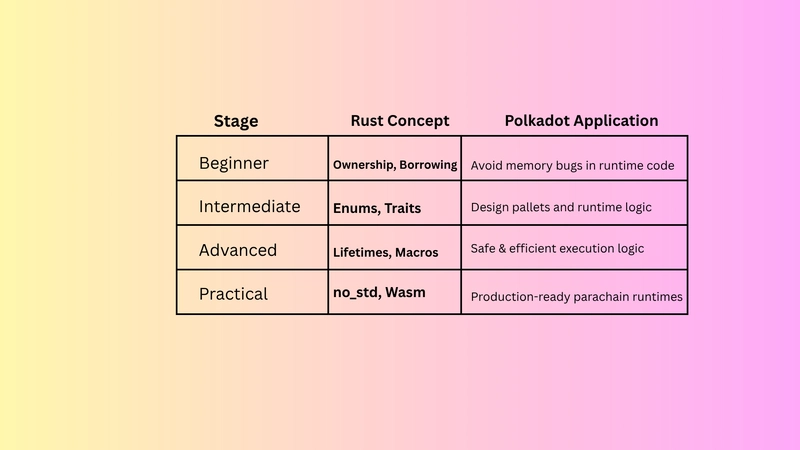

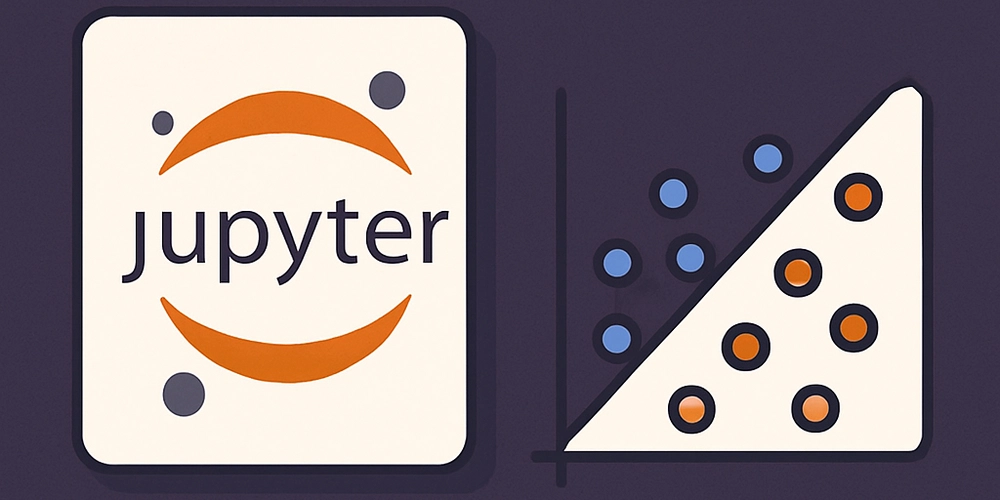


















![Designing a Robust Modular Hardware-Oriented Application in C++ [closed]](https://i.sstatic.net/f2sQd76t.webp)














































































































_Alexander-Yakimov_Alamy.jpg?width=1280&auto=webp&quality=80&disable=upscale#)
_Zoonar_GmbH_Alamy.jpg?width=1280&auto=webp&quality=80&disable=upscale#)
























































































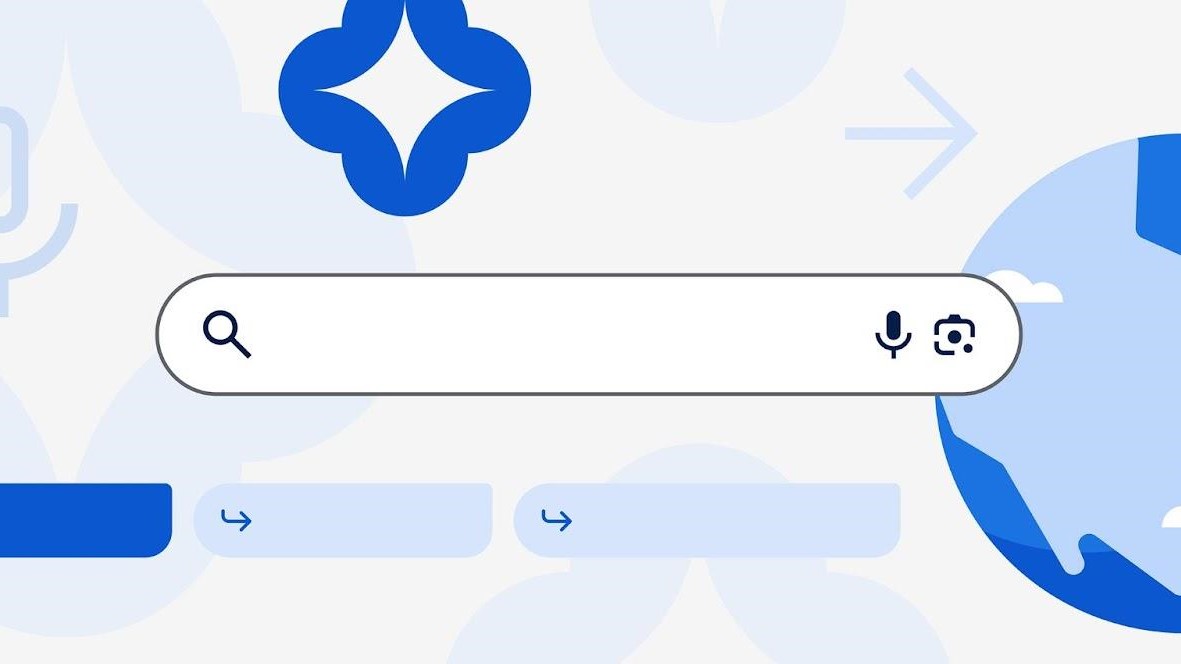
























![AirPods Pro 3 Not Launching Until 2026 [Pu]](https://www.iclarified.com/images/news/97620/97620/97620-640.jpg)
![Apple Releases First Beta of iOS 18.6 and iPadOS 18.6 to Developers [Download]](https://www.iclarified.com/images/news/97626/97626/97626-640.jpg)
![Apple Seeds watchOS 11.6 Beta to Developers [Download]](https://www.iclarified.com/images/news/97627/97627/97627-640.jpg)
![Apple Seeds tvOS 18.6 Beta to Developers [Download]](https://www.iclarified.com/images/news/97628/97628/97628-640.jpg)

















































![T-Mobile customers' address, number, and other info allegedly up for sale; company denies claim [UPDATED]](https://m-cdn.phonearena.com/images/article/171306-two/T-Mobile-customers-address-number-and-other-info-allegedly-up-for-sale-company-denies-claim-UPDATED.jpg?#)















